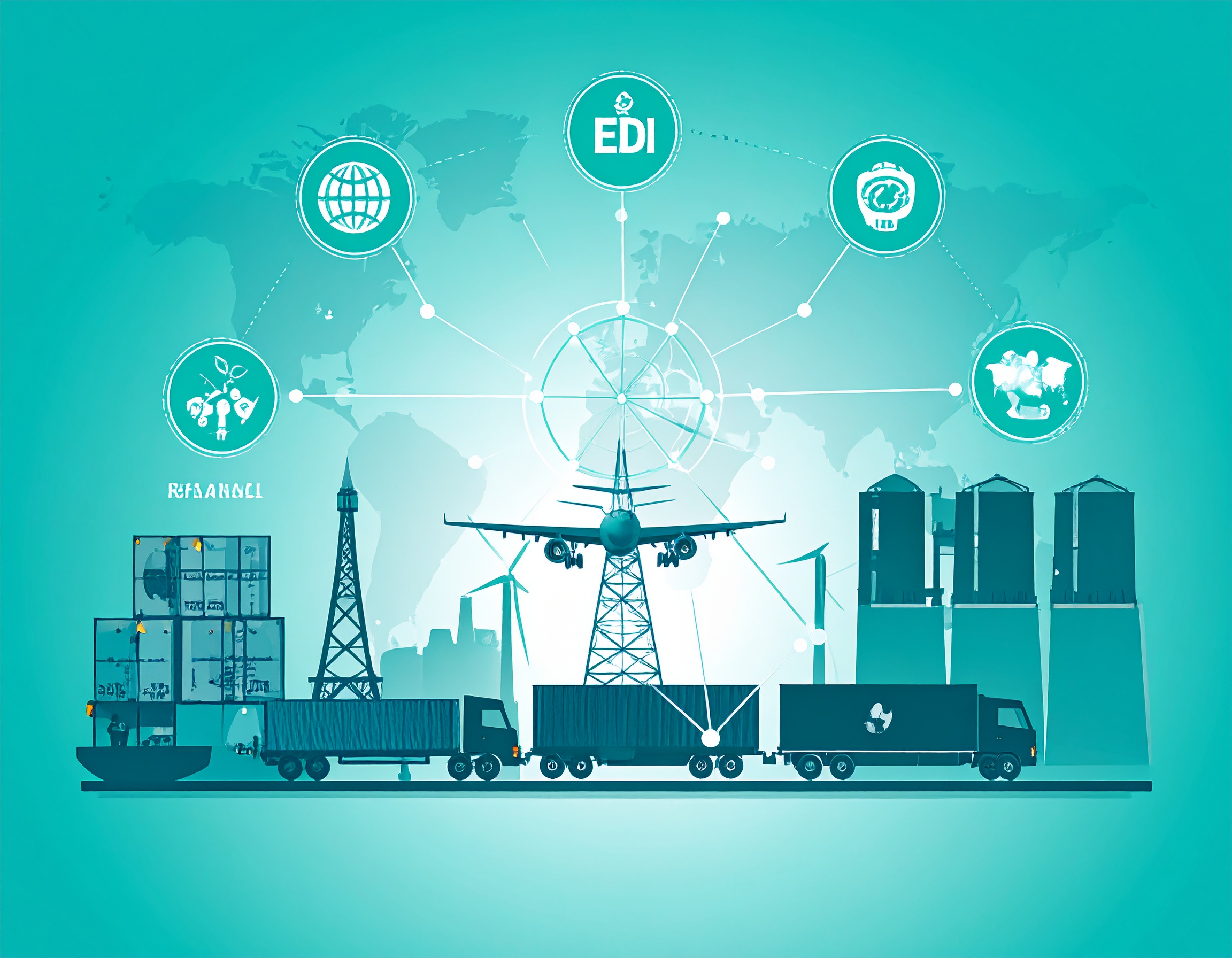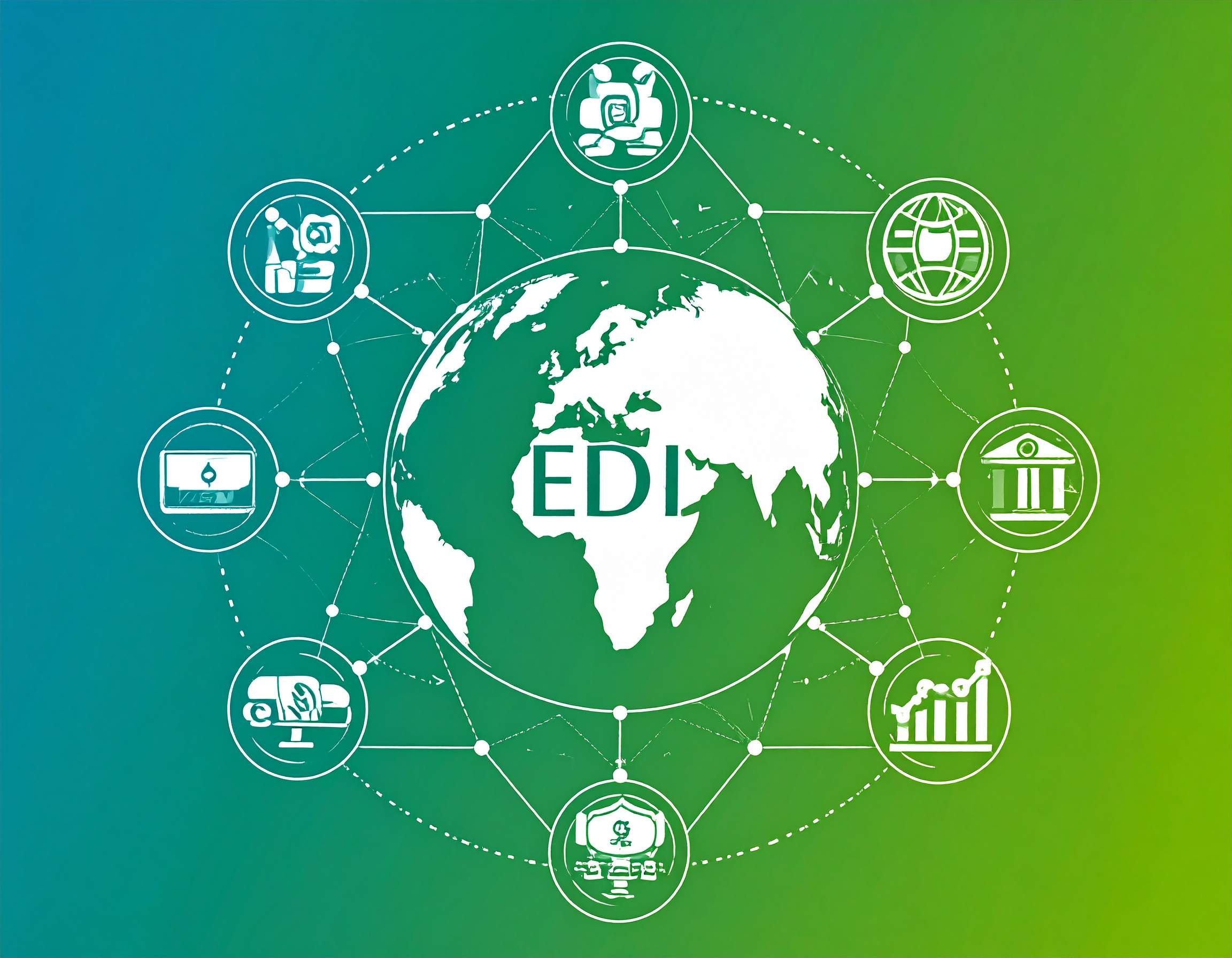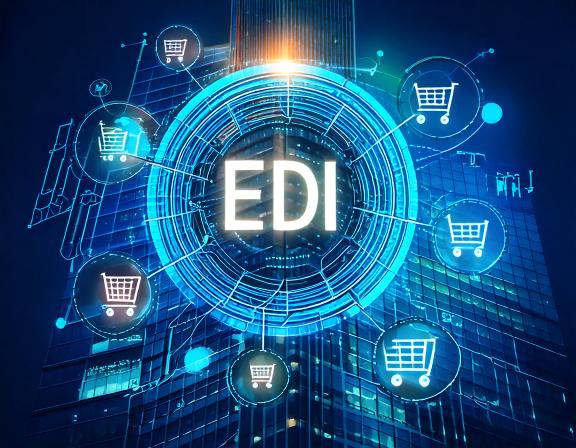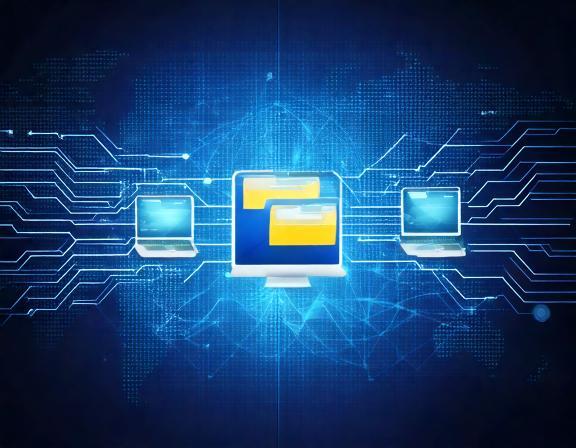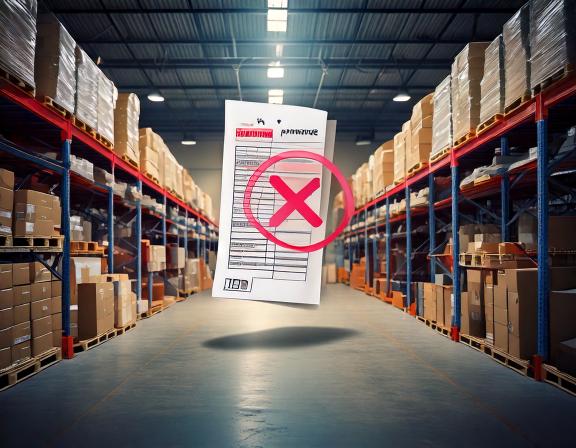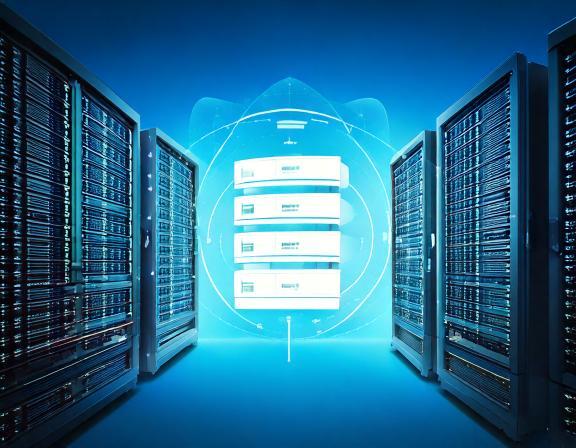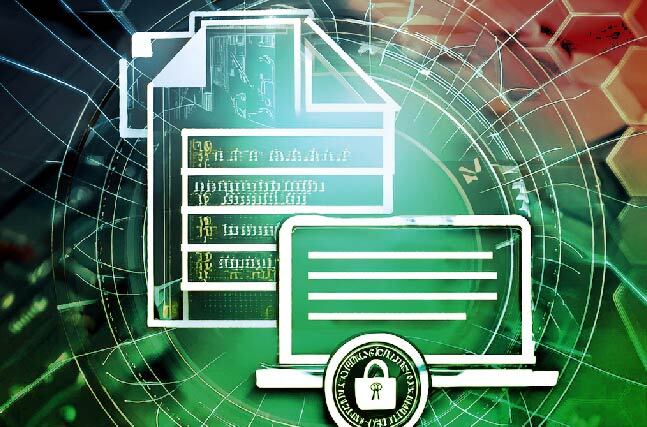MFT Gateway is a hosted Software as a Service (SaaS) solution that enables file exchange over the AS2 or SFTP protocol, without the need to install or maintain.
- Blog
- EDI in Supply Chain & Logistics
EDI
EDI in Supply Chain & Logistics
Identify the need for EDI in supply chain & logistics is vital to facilitate electronic integration of business processes across trading partners.

Kumudika Rupasinghe
Published: 20 May 2021

Table of Contents
EDI has become the driving force of business communications between trading partners. All kinds of stakeholders in a supply chain; buyers, suppliers, retailers, distributors, 3rd party logistics can benefit from EDI bringing simplified and smooth business operations. Let’s learn why EDI is critical to successful Supply Chain Management and how EDI solutions are powering up large and small business networks around the world.
What is EDI
Electronic Data Interchange(EDI) is a technology concept that facilitates exchanging business documents such as purchase orders, sales orders, advanced shipping notices and invoices, in a standard electronic format in real-time between business entities. From the organizational perspective, it is an inter-organizational information system that processes computer-to-computer exchange of business documents among trading partners in standard, machine-readable formats within a B2B communication network.
Why do you need EDI in the supply chain?
-
EDI facilitates electronic integration of business processes of independent organizational units like marketing, procurement, production, engineering and finance. EDI software could be integrated with the organization’s existing internal systems such as Warehouse Management Systems(WMS), Enterprise Resource Planning(ERP) systems, Customer Relationship Management(CRM) systems, Accounting systems so the whole process flow could be integrated as one single unit. Which makes faster information diffusion and routing among the business units.
- EDI improves traceability and visibility on B2B transactions by easy tracking, collecting and reporting data. Through this monitoring facility, the people who are in charge of each process will get the latest update of every transaction allowing early verifications of information. Tracking and reporting will further help with data analysis, forecasting and management decision making.
- EDI will minimize human errors occurring in repeated manual data entry by automating the generation of business documents like purchase orders, invoices, dispatch notices and transmitting them to the trading partners without human intervention. Through EDI, more business documents could be shared and processed in less time with greater accuracy, which will increase the efficiency and productivity of business processes.
- In EDI, buyers and suppliers work collaboratively in a real-time environment which can avoid delays in the processes involved in dispatching, receiving products, and transporting them to storage. That will reduce the lead time of the supply chain. The requisition order cycle in procurement will also be reduced. Saved time and effort could be used to make further improvements to other processes.
- EDI will eliminate documentation processing cost by replacing paper documents used by buyers and sellers in commercial transactions with standard electronic documents. Which will reduce inventory usage and release of working capital. This will become a green movement and be a value addition for the companies. The cost of labour also will be reduced with the automation of process flows.
- EDI software facilitates standardized messaging by enabling business documents to be converted into a standard format and transmitting either directly to the partner’s system or an electronic mailbox accessed by the partners. Once the data are received, they will be converted back into readable information by the partner side EDI software and stored. Since EDI uses universal standards when generating and transmitting business documents, it’ll help to overcome language barriers in different information systems and allow organizations to meet new markets with global procurement.
- EDI will eliminate procurement errors enabling electronic transmission of purchase documents between buyer and seller and storing all purchasing information in an easily searchable format. So the sellers can keep track of funds, and buyers can match purchase orders to incoming goods.
- Which will also enhance strategic alliances throughout the supply chain and sustain long-term buyer-supplier relationships. Faster and reliable delivery will build loyalty among business partners and positive customer experiences.
- There are many EDI transmission methods available for B2B trading such as AS2(Applicability Statement 2), VAN (Value-Added Network) that are designed to ensure the security of the transmitted data. Additionally, EDI software will allow restricting unauthorized users and track and keep audit trails of authorized users.
Conclusion
EDI allows enterprises to improve business processes of the supply chain with an automated, standard electronic integration. It facilitates data exchange between buyers, distributors, suppliers and other business entities involved in the supply chain creating a common communication flow. EDI will empower your businesses with cost deduction, data accuracy, efficiency, reliability and many other benefits. The right kind of EDI solution will bring your supply chain closer to Digital Transformation.

Talk to an EDI Expert
Join hundreds of organizations already taking full control of their B2B AS2 communications with our trusted solutions. Contact us today to tailor a solution that fits your specific AS2 EDI needs.
Related Articles
View All BlogsExplore our product stack
Try before you buy with a 30-day Free Trial
No commitment, all value. Try the AS2 Solution Risk-Free and discover how our solutions can transform your business workflows. No credit card required.
Explore Your Possibilities
Elevate AS2 Communications with our EDI and AS2 Solutions
See how our AS2 and EDI solutions can simplify your integrations, boost efficiency, and keep you compliant—request a personalized demo today.
















